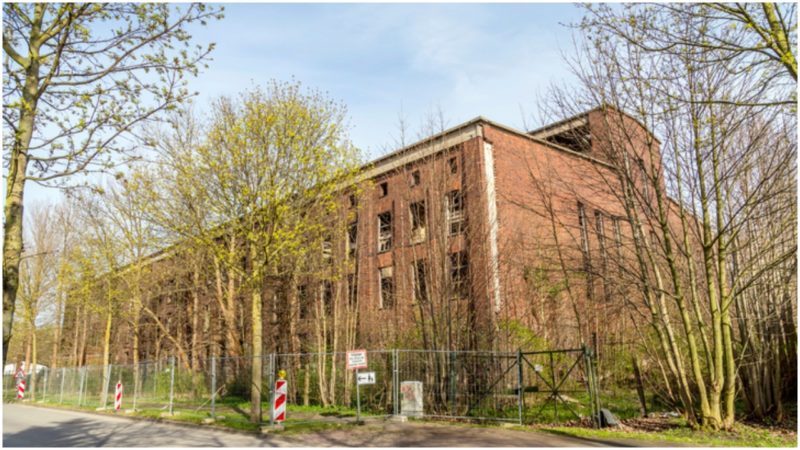Bauvorhaben 21 is the code name for this structure, a code name that a lucky few had the chance of ever discovering. The real name is La Coupole and the reason this building had to have a code name is simple. It was used as a major WW2 bunker complex.
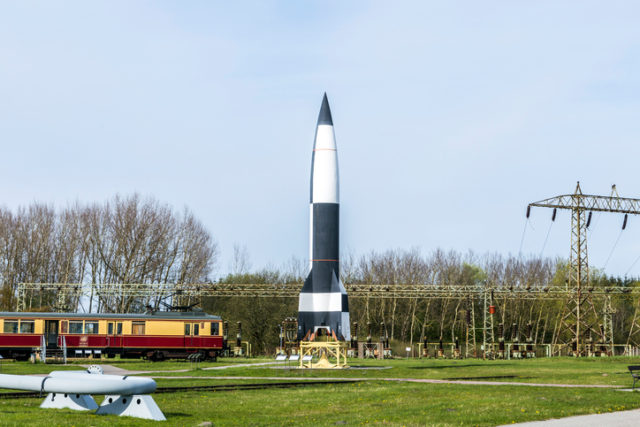
Located in northern France some 5 km from Saint-Omer (a small commune in France) its main purpose was to launch the “vengeance weapon” as the Nazis so thoughtfully named it or as the world was later to find out – the V2 rockets.
The guided ballistic missiles had one goal – destroy whatever was opposing the Nazi ideology. This structure was a precursor to the modern underground nuclear missile silos that are still in use to this day – that said, many of those from the Cold War are now abandoned.
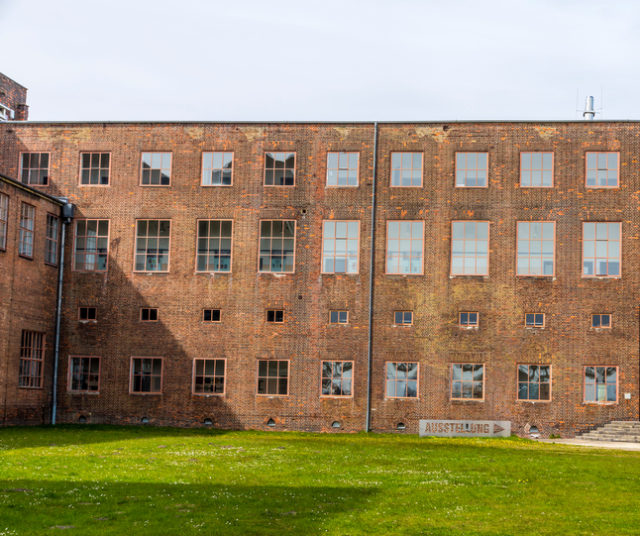
The name that was chosen for this structure was no coincidence. Looking from any angle it is impossible not to notice the huge dome that covers the bunker. Under this huge lid, one can find a maze of underground tunnels, control rooms and a vast number of specialised rooms.
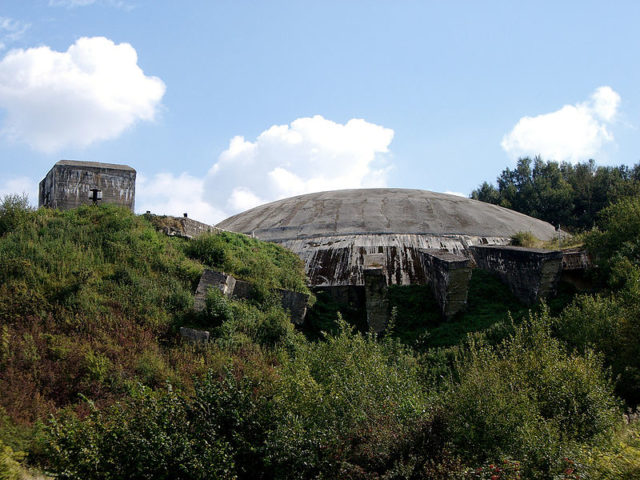
The official work began right after Hitler himself gave approval in November 1943. But building a bunker of this size was no child’s play.
There a slim chance of hiding the construction from the eyes of the allied airforce bombers – complicated camouflage had to be installed in order to build the bunker. By May 1944 the work had to be canceled some 229 times because of air raids. So the main engineer had to come up with a different plan and he did. Werner Flos came up with the idea to build the dome first flat on the ground and then to start digging further.
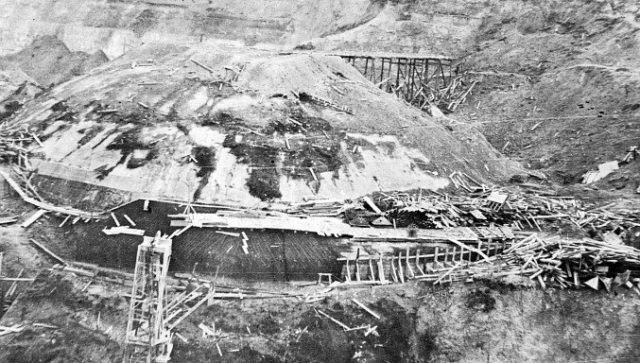
If this bunker had been completed it would have required and used millions of tons of concrete and steel. The final result would have been a 5.1-meter thick dome, 71 meters in diameter and a colossal weight of 55,000 tons.
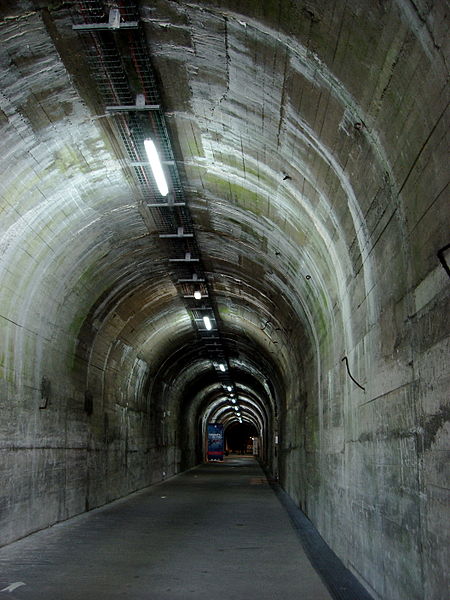
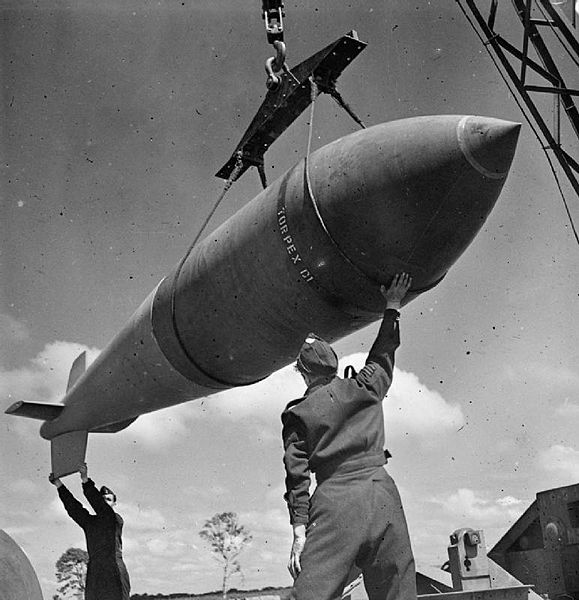
The site was abandoned a couple of days before the Allies started a rapid liberation of the area. Together the British, American, Canadian and Polish troops conquered this bunker and by this act alone could have saved hundreds of thousands of lives that would have been lost had the “vengeance weapon” found its way into the air from this launch pad. The allies advance put Hitler and the V2 rocket campaign on a back foot. No longer could there be a stationary launch pad but instead, they had to revert to mobile rocket launch pads.
British Prime Minster, Winston Churchill knew this facility had to be destroyed. Relentless heavy bomber raids by Allied air forces during Operation Crossbow, ensured that construction was so badly interfered with. The Germans were never able to finish it’s construction and the ambitious complex never saw service. In September 1944 it was over run and taken by Allied forces, partially blown up and it was then left abandoned.
It was left abandoned and derelict until the ear -1990s. In 1997 it was opened as a museum and the public could see it for the first time in all it’s glory. to the public for the first time, as a museum.
